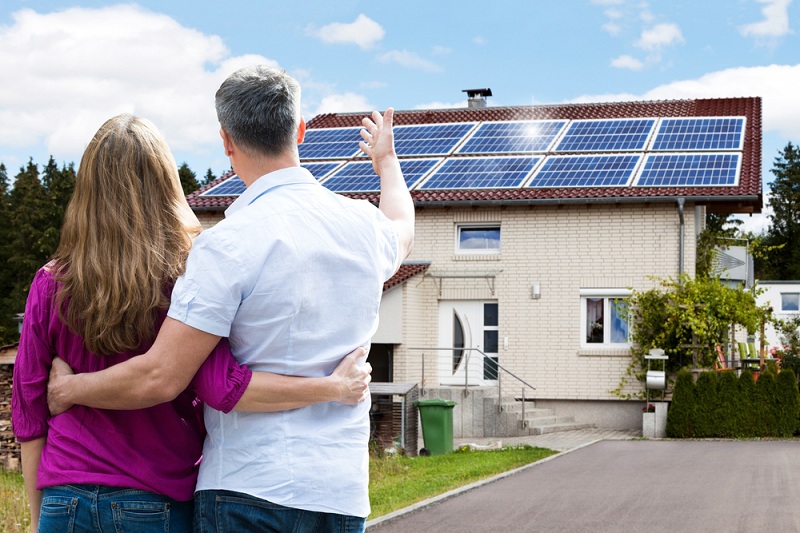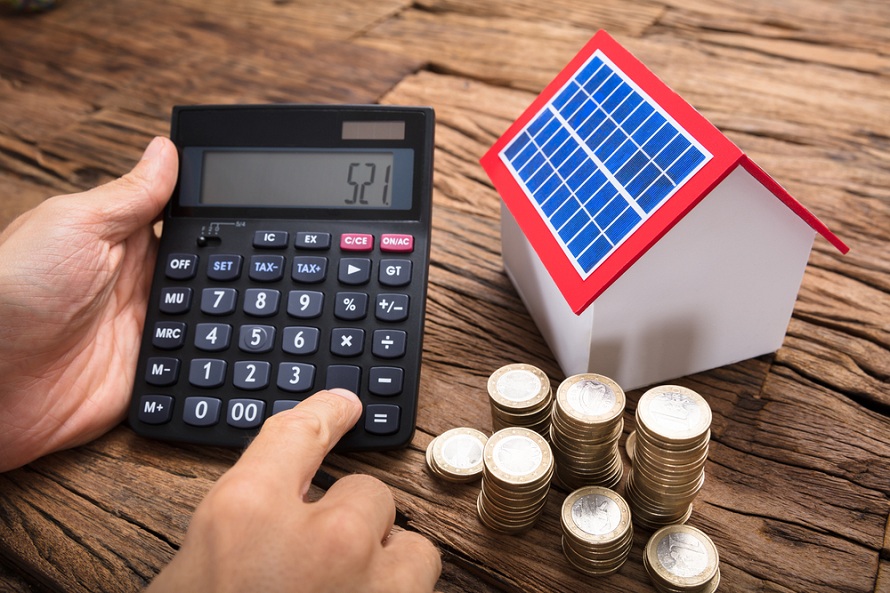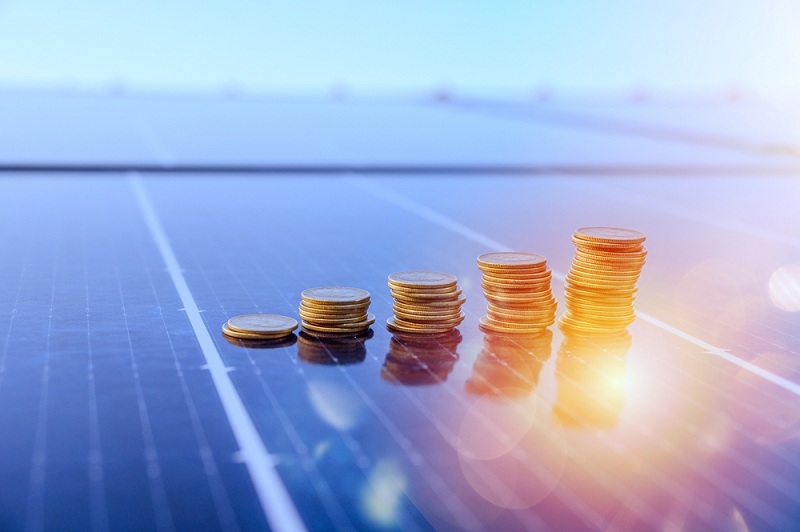There are many ways to measure how much money you could potentially earn if you invest in solar energy, depending on where you live, the incentives available from your local government, and which kind of solar panel you choose.
To figure out the solar panel ROI, you first have to get a custom quote from an installer who specializes in solar panels. The savings are substantial whatever the circumstances.
For instance, an installation of 6 kilowatts could mean annual energy cost savings of up to $40,000 in cities like Portland or more than $90,000 in cities like Los Angeles. Even though these are two very different numbers, they both represent an impressive rate of return for solar panels.
What Is The Initial Cost of Installing A Solar Panel?
To get started with solar energy, you need to invest between $13,500-$25,000 for a 5-kilowatt PV system, including the supply and installation of the following components of the system
If you want an estimate of the initial costs involved in setting up a system for your home from scratch, you can use our online calculator to enter your specific details.
What Incentives are Available For Solar Panel Users?

Solar power can offer numerous long-term benefits to homeowners, but it can often be an expensive venture. Thankfully, many states continue to be supportive of renewable energy sources, which means they offer tax credits and other financial support to encourage consumers to invest in them.
Check out these various types of incentive programs being offered:
1. The Federal Solar Investment Tax Credit (ITC)
Homeowners who install solar panels may be able to offset up to 26 percent of the cost of their systems from their federal taxes.
That equals a tax refund of $5,200 for an installation costing $20,000. With the current interest rates at historic lows of 30%, homeowners should take advantage of this opportunity before it gets even lower in 2023.
2. State-level Incentives
Some state governments offer different types of incentives for systems, including property tax credits, sales taxes exemptions, and even cash rebates, resulting in a cost of around $14,000 for solar panels.
You may be asking yourself "What is a good return on an investment?" You might feel reassured knowing that for the system at this price point and with the solar rebates available in your state, you could realize savings in excess of $60000.
It doesn't stop after installation, either. Some states offer additional incentives such as the net metering SREC program, which allows you to earn the same amount of money for producing extra electricity from your solar panels.
3. Federal Grant Programs
Solar energy programs like the Federal Housing Administration (FHA) PowerSaver Grant program offer additional incentives for installing solar panels. Homeowners can use this new mortgage insurance and home improvement lending program to get up to $20,000 for home improvements over a 20-year term.
They can use the money from the solar loans to buy their panels now, so they begin enjoying the immediate financial rewards of having installed the panels.
Because homeowners need to prove they own their systems before qualifying for tax credits, it’s important to buy them outright.
What is the Average Price of Solar Power?

After tax credits, the average price for residential solar power was estimated at between $0.15-$0.20 per kilowatt hour in 2018. After incentives are taken into account, the price of electricity ranges from $0.08 to $0.11 per kilowatt hour.
Most people don't realize that they're paying a lot less than what they think they're paying for utilities.
How Much Can You Save Annually With Solar Energy?
After installing solar panels, homeowners typically see an annual savings of around $1,500 per year on their energy bills. With the increasing price of electricity and the decreasing costs of solar panels and systems, investing in solar energy has become an easy decision for consumers.
There are several important factors that determine the amount of money you save. It's important to assess the quantity of sunlight you receive, estimate your residential solar costs, and take into account the various incentives available in your state.
A solar costs and savings calculator helps you calculate the cost, potential benefits, and financial impact of going solar. It includes everything from the initial investment to the long-term payback period.
Can I Avail Net Metering?
If you live in an area where you're eligible for a net metering program, choosing a solar panel system that produces more electricity than you use may be worth considering.
Net metering lets you sell excess electricity back to the grid, which helps cover some of your energy costs. You get credit for any extra electricity you send back into the grid.
Check if net metering is available in your state.
What Is The Payback period For A Solar Panel System?

You can expect your system to pay for itself within approximately seven years if you qualify for incentives. Obviously, this will depend on the size and initial cost of the system you pick for your solar panel system, which affects both its output and average annual savings per year.
You can use this tool to find a utility company to learn how long it will take before your energy bill starts decreasing after installing solar panels.
Will I Have to Pay Utility Bills Even If I Go Solar?
In many U.S. states, you may still be billed for electricity even if your account has a negative balance. Depending on the location where you reside and the utility company you use, you may still be using some electricity from the grid. You'll need to pay for both the product itself and the delivery service.
If you can avail of the facility of net metering in the state where you live, then you'll receive credits from your utility company for generating surplus energy using solar panels. You'll get these credits at times when they're most needed - for example, during the hottest part of the year. Remember to include this in your ROI calculations for your solar panels.
If you want to know more about your solar energy requirements, costs, and potential return on investment, use our solar calculator.


